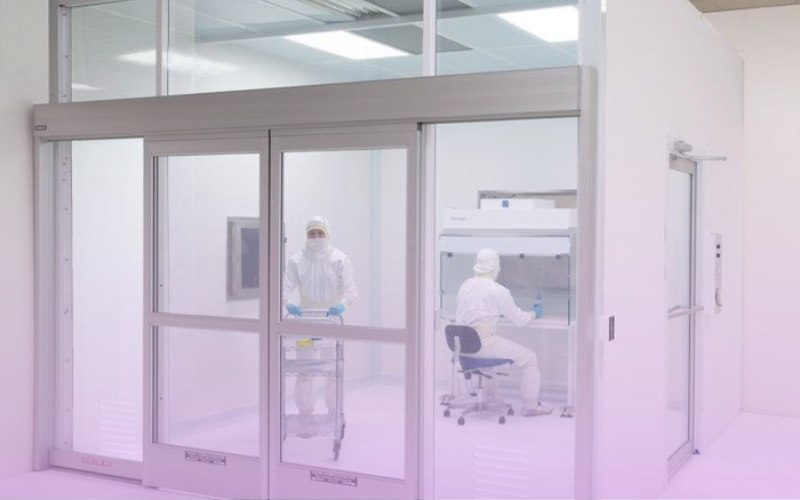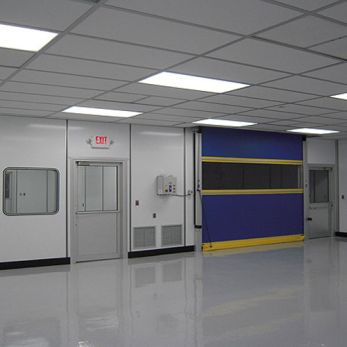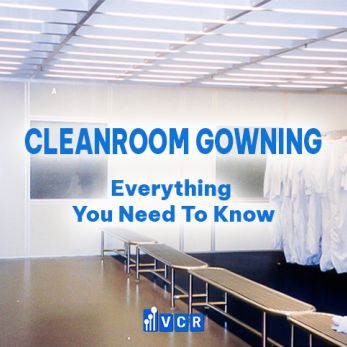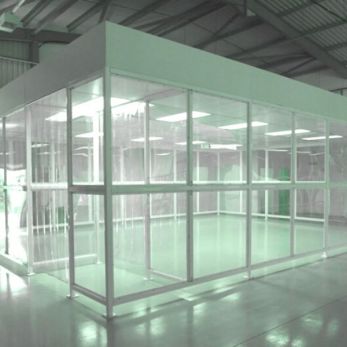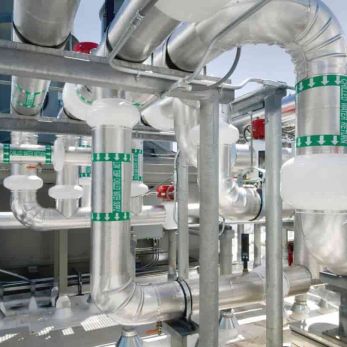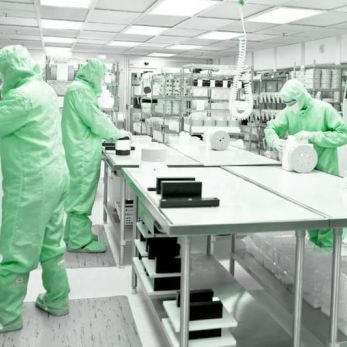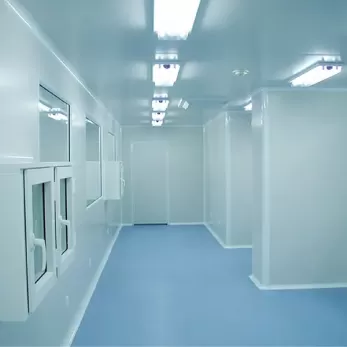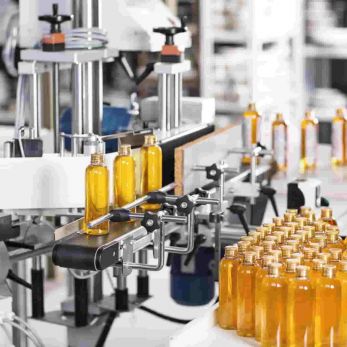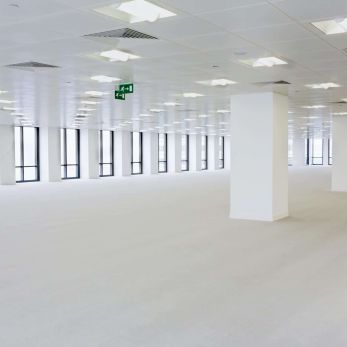Top 5+ commonly asked questions about modular cleanroom
People often come to us for a budgetary price for their cleanroom project without much information about their needs. A cleanroom is an investment and a real asset in a company’s strategy and needs to be well thought through.
- 1) WHICH CLASS OR STANDARDS MUST YOU COMPLY WITH?
- 2) WHAT ARE THE REQUIRED OPERATING CONDITIONS IN YOUR CLEANROOM?
- 3) DO YOU HAVE A SKETCH OF THE CLEANROOM YOU ARE CONSIDERING?
- 4) WHAT DO YOU DO IN THE CLEANROOM?
- 5) WILL YOU BE USING A FUME HOOD OR A BIOSAFETY CABINET (BSC) IN THE CLEANROOM?
- 6) WHAT SPACE WILL YOU BE WORKING WITH?
- 7) WHAT DOES THE FUTURE HOLD FOR YOUR BUSINESS?
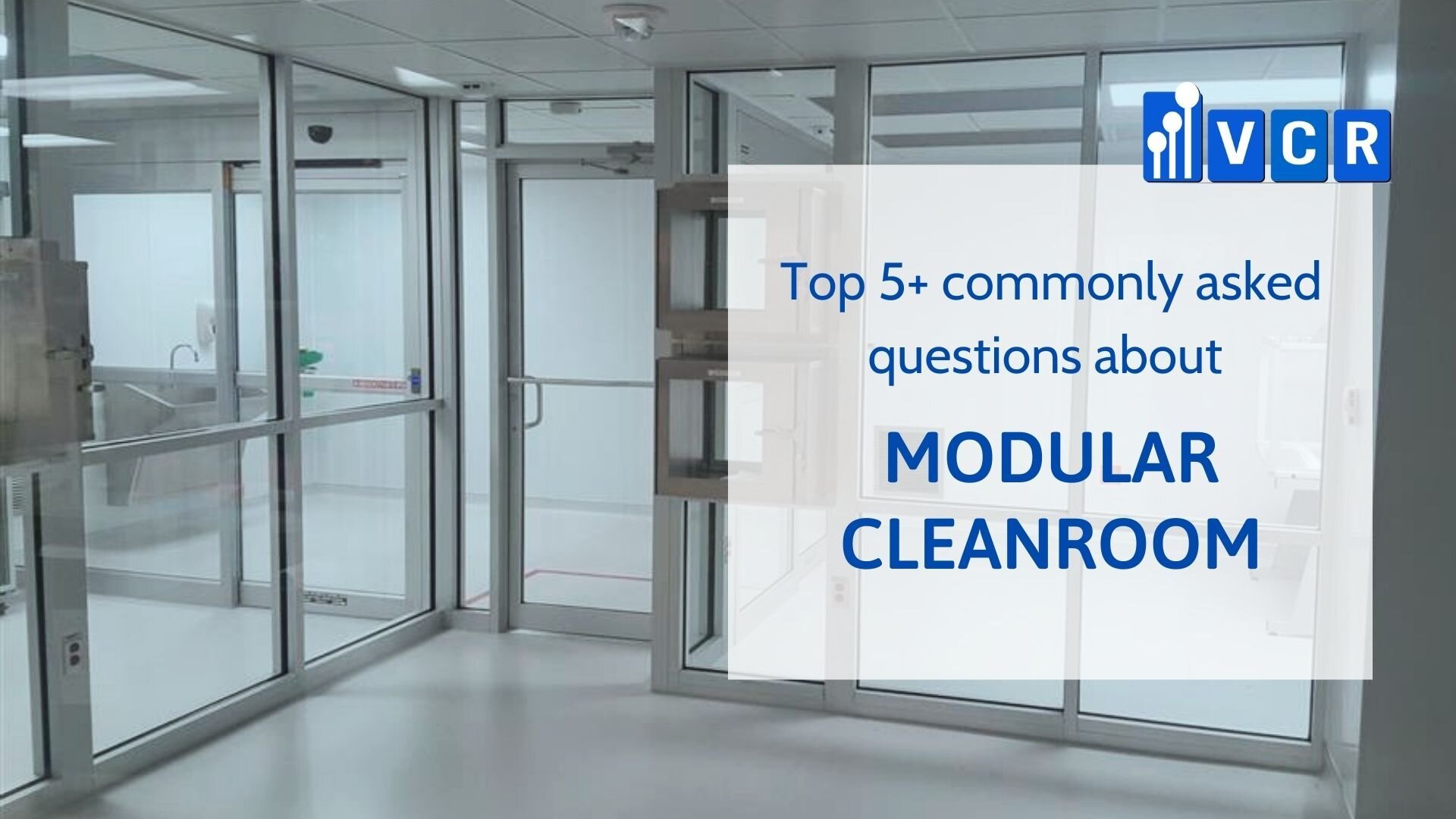
People frequently approach us for a budgetary price for their cleanroom project without providing much information about their requirements. A cleanroom is an investment and a valuable asset in a company's strategy, so it must be well thought through. Many decisions must be made when constructing a cleanroom, and these will have an impact on the cleanroom's performance, ergonomics, and cost. The five questions listed below are, in our opinion, the most important to ask when starting a cleanroom project.
1) WHICH CLASS OR STANDARDS MUST YOU COMPLY WITH?
The regulations and standards that must be met vary depending on the applications and industry in which your company is involved.
A cleanroom for sterile compounding of dangerous drugs is not the same as a cleanroom for pharmaceuticals or microelectronics.
Depending on your industry and application, you may be required to adhere to an ISO 5 to 8 class standard, as well as ISO-14644 regulations. GMP compliance is unavoidable in the pharmaceutical industry. To obtain certification and validation, we must ensure that your design complies with the given regulations.
2) WHAT ARE THE REQUIRED OPERATING CONDITIONS IN YOUR CLEANROOM?
The HVAC design is influenced not only by the room's cleanliness (ISO class), but also by the required temperature, humidity, and pressure differential. The process involved in the cleanroom and the comfort of the personnel working inside the room dictate these prescribed conditions. The precision (+/-) of temperature and relative humidity (RH) is also an important consideration in HVAC design. The heat generated by both users and equipment must be compensated for by air conditioning.
Therefore it is important to know how many people will be working in the cleanroom, the equipment in place, and the heat it generates (watt). You will find the latter information on the electric data plate of all equipment.
3) DO YOU HAVE A SKETCH OF THE CLEANROOM YOU ARE CONSIDERING?
Make a quick sketch of the cleanroom layout you require. In cleanroom design, the expression "a picture is worth a thousand words" takes on its full meaning.
It is also necessary to depict the movements/flow within the room, as well as the entrance and exit of both material and personnel. Other design elements must be planned, such as how many doors and windows to incorporate, where the workbenches will be located, whether airlocks are required, and so on.
If you are unfamiliar with cleanroom designs, begin with a rough sketch of your operational requirements, and your cleanroom manufacturer will guide you through the next step.
4) WHAT DO YOU DO IN THE CLEANROOM?
It is also important to define the processes that will take place inside the cleanroom, and what can be done outside.
The more work is done inside, the bigger your cleanroom will have to be, the more heat and particles it will generate, the stronger the HVAC will have to be, hence the more expensive your cleanroom project will be. If any of the steps of the process don’t have to be completed in a cleanroom, perhaps you should consider doing them outside the clean environment.
5) WILL YOU BE USING A FUME HOOD OR A BIOSAFETY CABINET (BSC) IN THE CLEANROOM?
Some BSCs exhaust their air through a HEPA filter directly in the cleanroom without interfering with the cleanroom pressure while other fume hoods and BSCs must exhaust the air to the outside (hazardous drugs or other chemicals), which unbalances room pressure.
In order to maintain the correct pressure in the cleanroom, we must compensate the air output with fresh air. To do so we must know the quantity of air exhausted by the fume hood or biosafety cabinet.
6) WHAT SPACE WILL YOU BE WORKING WITH?
Once we know what the cleanroom will look like, we need to determine what its location entails.
- What is the height below the trusses?
- Are there any columns?
- What is the existing floor, is it concrete? Is it leveled?
- What is the temperature/HR control like in this space? Is it heated, conditioned?
- How accessible is the available space?
- What power is available?
7) WHAT DOES THE FUTURE HOLD FOR YOUR BUSINESS?
The nice thing about modular cleanrooms is the flexibility and adaptability of the system which enables future reconfigurations. Things change so quickly these days you might be tripling your production in two years for all you know. Modular cleanrooms can easily be removed, relocated, expanded, sold, or reconfigured. What is your growth plan? Future reconfigurations or expansions can and should be taken into account in the design of your cleanroom facility.
Vietnam Cleanroom Equipment (VCR) specializes in providing cleanroom equipment for construction contractors. We provide high-quality products with competitive prices and large quantities nationwide. The equipment includes:
Differential pressure gauge, FFU Fan Filter Unit, Pass box, Clean room air filter, HEPA box, Clean booth, cleanroom steel door, Isolator cabinet, and other equipment
For details, please refer to Vietnam cleanroom equipment official website
https://en.vietnamcleanroom.com






